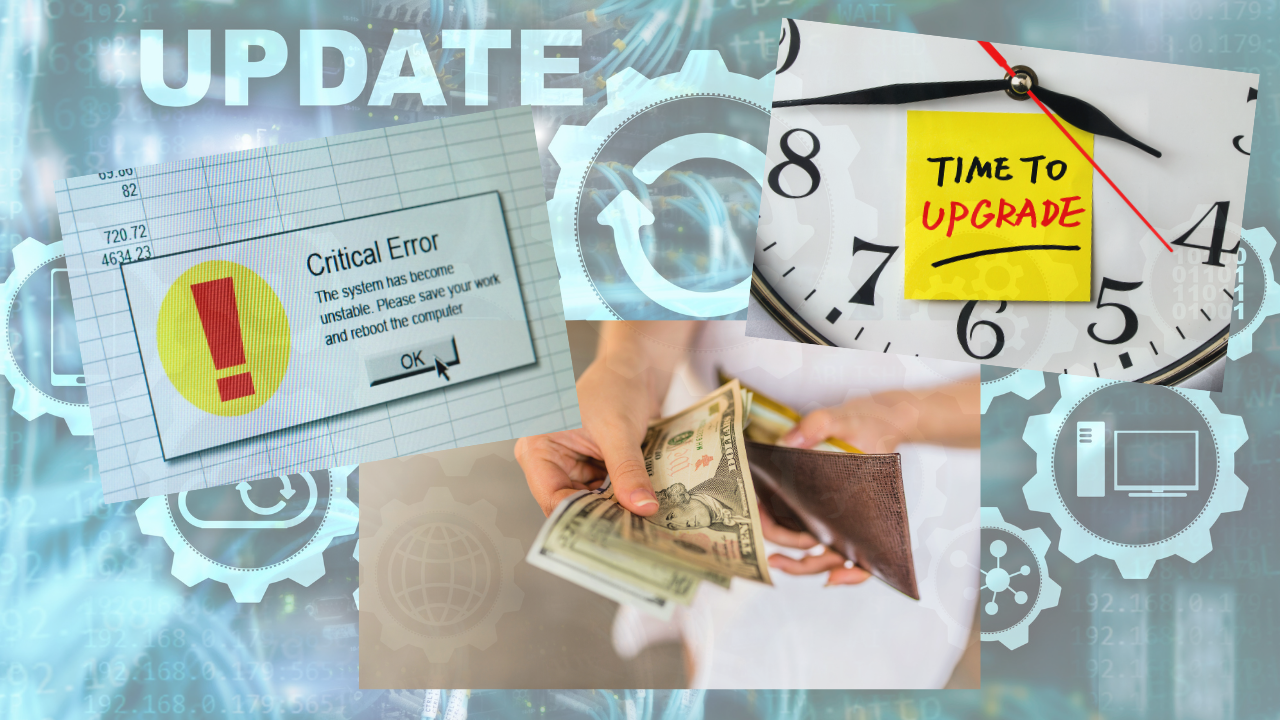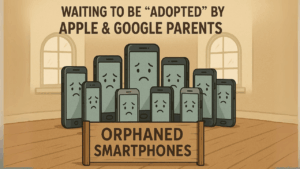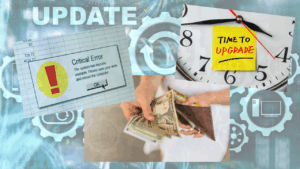We often think of modern tech as a ladder of progress. Newer is better. Faster. Smarter. Easier.
But there’s a darker truth:
The complexity and interdependence of modern tech ensures you keep upgrading with the platform owners — and they want it that way.
Welcome to the Dependency Engine: a business model dressed up as convenience.
The “Easy” Tech Illusion
At first, platforms promise ease:
- WordPress: Drag-and-drop websites
- Apple: “It just works”
- Adobe: Everything in one suite
- Shopify: Build a store without coding
They do simplify things… at the beginning.
But behind that abstraction? A mess of hidden complexity:
- Plugins that only work with specific versions
- Themes that break on updates
- Ecosystems that punish deviation
- User interfaces that need CSS hacks to look right
What starts easy becomes a trap. And fixing it? That’ll cost you.
Stockholm Syndrome for Software
(For context: Stockholm Syndrome is a psychological phenomenon where hostages develop positive feelings or loyalty toward their captors, even defending them. It comes from a 1973 bank robbery in Stockholm, Sweden, where victims empathized with their kidnappers.)
As you build more into the platform, you hit three key walls:
- Harder to Leave — You’ve invested too much time and data
- More Expensive to Fix — Upgrades require pro plans or support
- More Likely to Blame Yourself — “Maybe I just need to learn it better”
You’re not broken. The system is. But it’s profitable when you think you’re the problem.
Not a Bug — a Business Model
This entanglement isn’t accidental. It’s strategic.
Platform owners benefit when:
- Users are locked into renewals
- Plugins chase moving targets
- Support becomes a subscription upsell
- Fixes require more tools from the same vendor
Modular tech? Own-your-data tools? That would empower you. And empowerment doesn’t generate recurring revenue.
Real-World Example: From iPhone to Irony
An iPhone 12 can’t make a simple call today because of some poorly done network integration? Meanwhile, a 1980s landline works perfectly.
That’s not progress. That’s dependency. And we mistake it for advancement because it feels modern.
What You Can Do
(Note: Some of these actions may feel technical — and that’s okay. We’ll cover simple, step-by-step guidance in a follow-up post so even non-techies can take control.)
You don’t have to become a tech minimalist, but you can:
- Favor modular systems with open standards
- Minimize tool switching (each one is a new trap)
- Self-host or export your data where possible
- Avoid subscriptions where a one-time tool suffices
Most of all, recognize that when something breaks, the real question is: Who profits from the fix?
Final Thought
You were sold simplicity. What you got was entanglement.
But now you see the machine.
And once you see the engine under the dashboard, you can choose to stop feeding it.




